In today’s leadership landscape, defined by calls for transparency, trust, and value-driven action; leaders are expected not only to perform but to personify the ideals they promote. Yet, amid the pressure to be competent, charismatic, and influential, many leaders find themselves caught in an often unspoken tension: The growing disconnect between what they believe and what they actually do. This subtle, internal friction is what is termed congruence dissonance, a state of psychological, moral, or behavioural misalignment that quietly erodes the authenticity and effectiveness of leadership.
Unlike overt failures or scandals that grab headlines, congruence dissonance is invisible at first. It builds slowly, masked by performance, shielded by titles, and sometimes even rewarded by systems that value results over integrity. However, its impact is profound. It not only undermines the credibility of leaders but also infects organizational culture, dampens morale, and fosters skepticism among followers. Understanding, identifying, and addressing congruence dissonance is therefore a critical step toward restoring authentic leadership in a world where trust is fast eroding.
The term, congruence, refers to harmony or alignment. That is, when a person’s values, words, and actions are in sync. It’s the foundation of authenticity and a core element of ethical leadership. When a leader is congruent, followers experience a sense of predictability, integrity, and trustworthiness. Dissonance, on the other hand, implies conflict, misalignment, or internal contradiction. It emerges when there is a gap between belief and behavior, value and decision, or image and reality. Thus, congruence dissonance describes the inner discomfort and external confusion that arises when leaders fail to embody the values they claim to uphold. While it is human to experience occasional contradictions, persistent congruence dissonance can be destructive; both for the individual leader and the collective they influence.
The question then is: Why does congruence dissonance matters? The reasons are not far-fetched. Firstly, the health of an organization often reflects the inner state of its leaders. When congruence dissonance goes unacknowledged, it doesn’t just affect one leader, it trickles down to shape norms, values, and behaviors across the board. Secondly, authenticity is not a luxury in leadership; it is a prerequisite for trust. People follow leaders not because they are perfect, but because they are real; consistent in word and deed, and humble enough to own their imperfections. Thirdly, a leader operating under congruence dissonance creates confusion. Followers may struggle to understand what is truly expected of them. They begin to question whether values are mere slogans or actual standards. Over time, this ambiguity breeds disengagement, erodes psychological safety, and creates a credibility crisis.
Resolving congruence dissonance requires courage, self-awareness, and often, structural change. Here are key steps for leaders to consider:
- Practice Honest Self-Reflection: Regular introspection helps leaders examine where they are living out of sync with their stated values. Journaling, coaching, or feedback tools can aid this process.
- Name the Tension: Authentic leaders acknowledge misalignment without shame. Saying, “I realize I’ve been promoting transparency while withholding important information,” is not weakness, it’s leadership strength.
- Create Alignment Structures: Leaders must ensure that systems, incentives, and communication channels reinforce the values they claim. This may involve revising policies, rethinking decision-making frameworks, or reorienting team dynamics.
- Invite Feedback and Accountability: Surrounding oneself with people who can speak truth to power, and being willing to hear it, is one of the strongest antidotes to incongruence.
- Model Vulnerability and Growth: When leaders share how they’re working through inconsistencies, they give permission for others to do the same. This fosters a culture of authenticity and collective accountability.
Congruence dissonance is the silent crisis of modern leadership, not loud enough to spark scandal, but potent enough to corrode integrity, authenticity, and organizational health. In a time when trust is fragile and followers are more discerning than ever, leaders must return to the foundational principle of alignment, between who they are, what they say, and how they lead. Leadership is not about perfection; it’s about integrity in motion, a continual process of becoming, adjusting, and staying true. By confronting the dissonance within, leaders not only liberate themselves from internal tension but also lead others into a culture of truth, trust, and transformation.
Thanks for the gift of your time, Obayomi Abiola Benjamin!
Feel free to share your thoughts or testimony in the comment box below. I promise to respond as soon as possible!





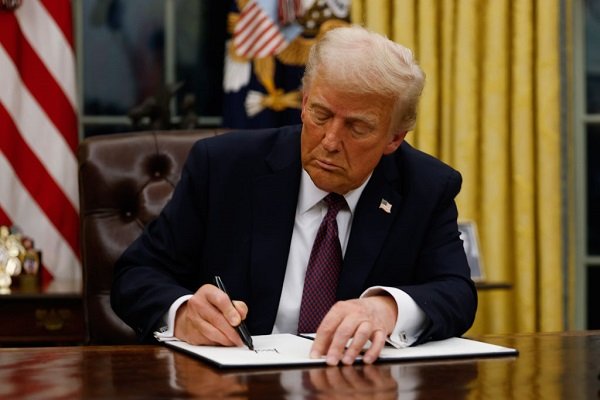

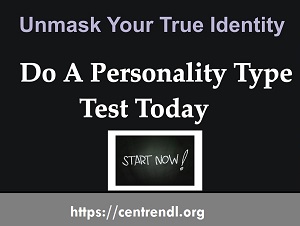



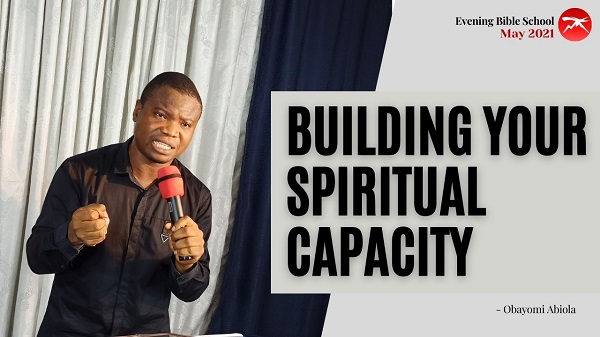






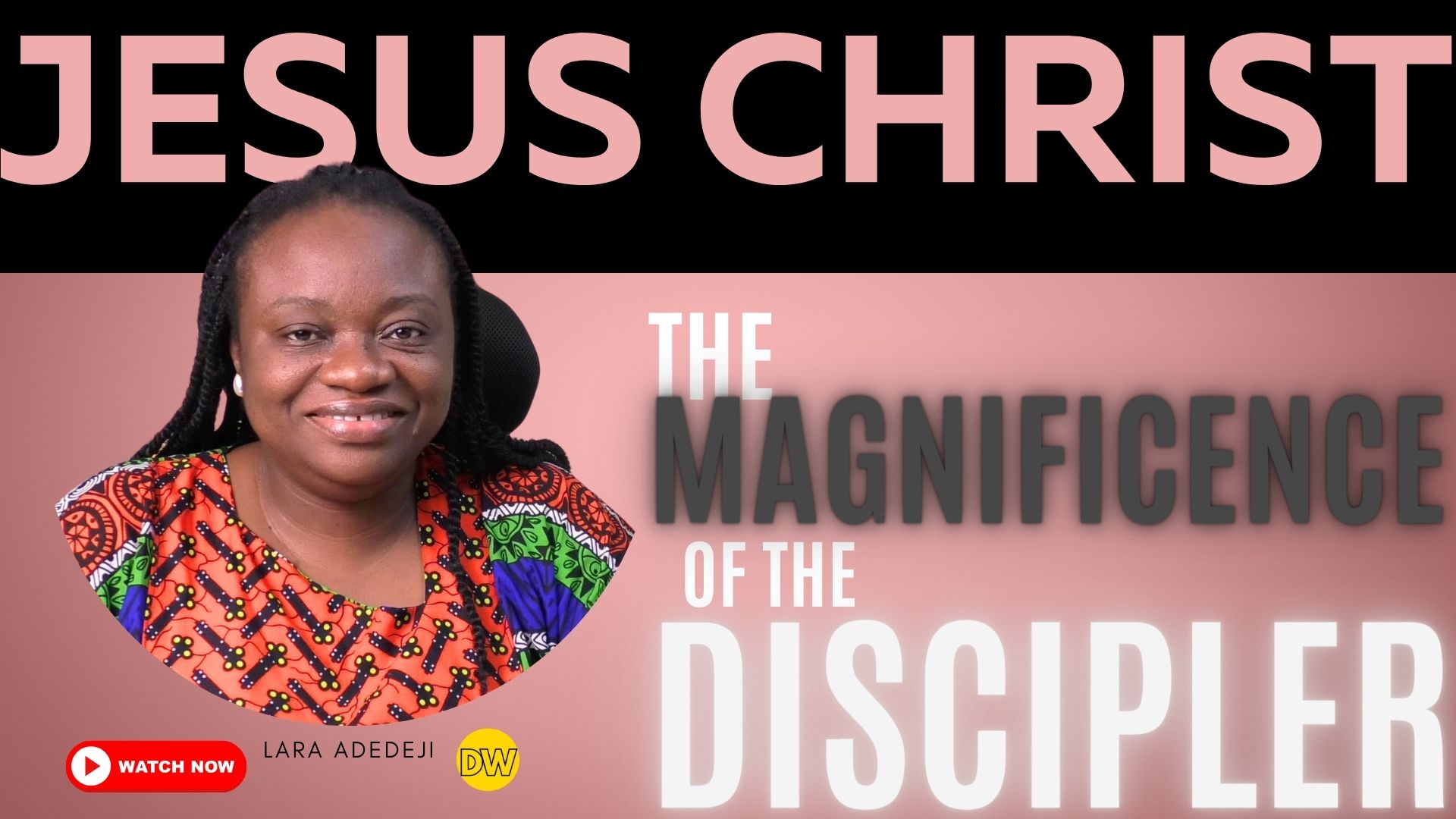









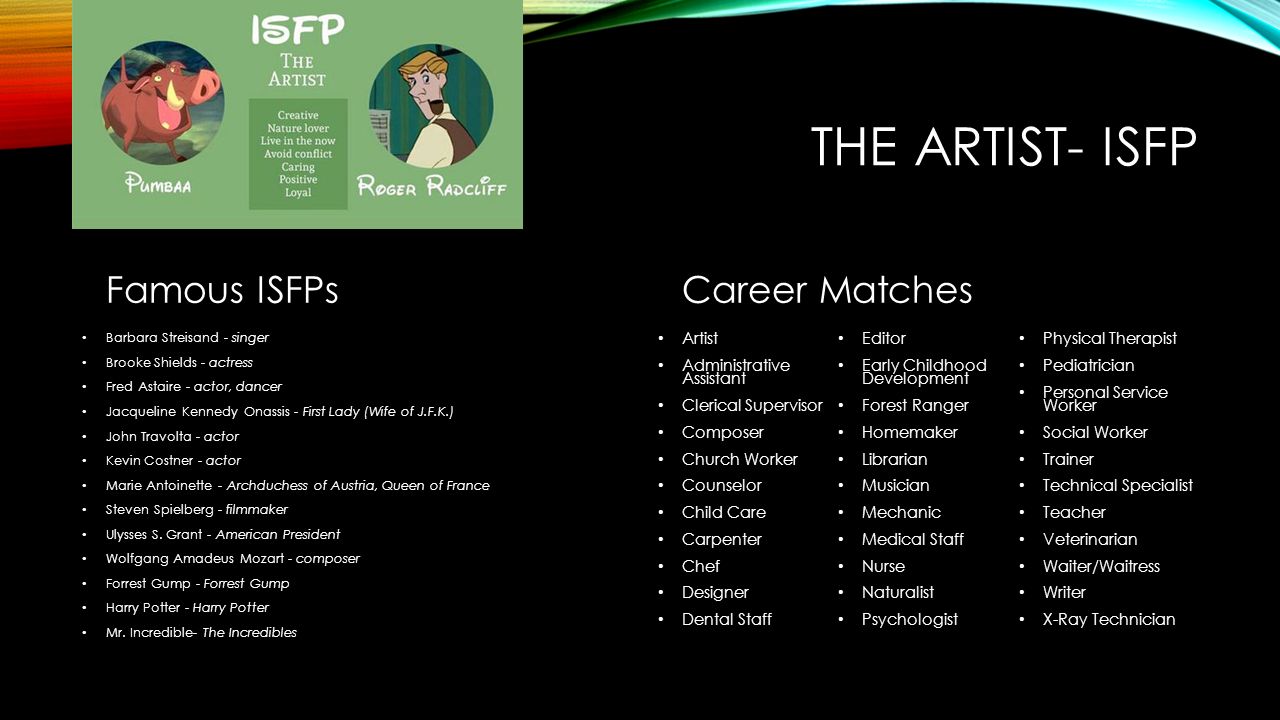
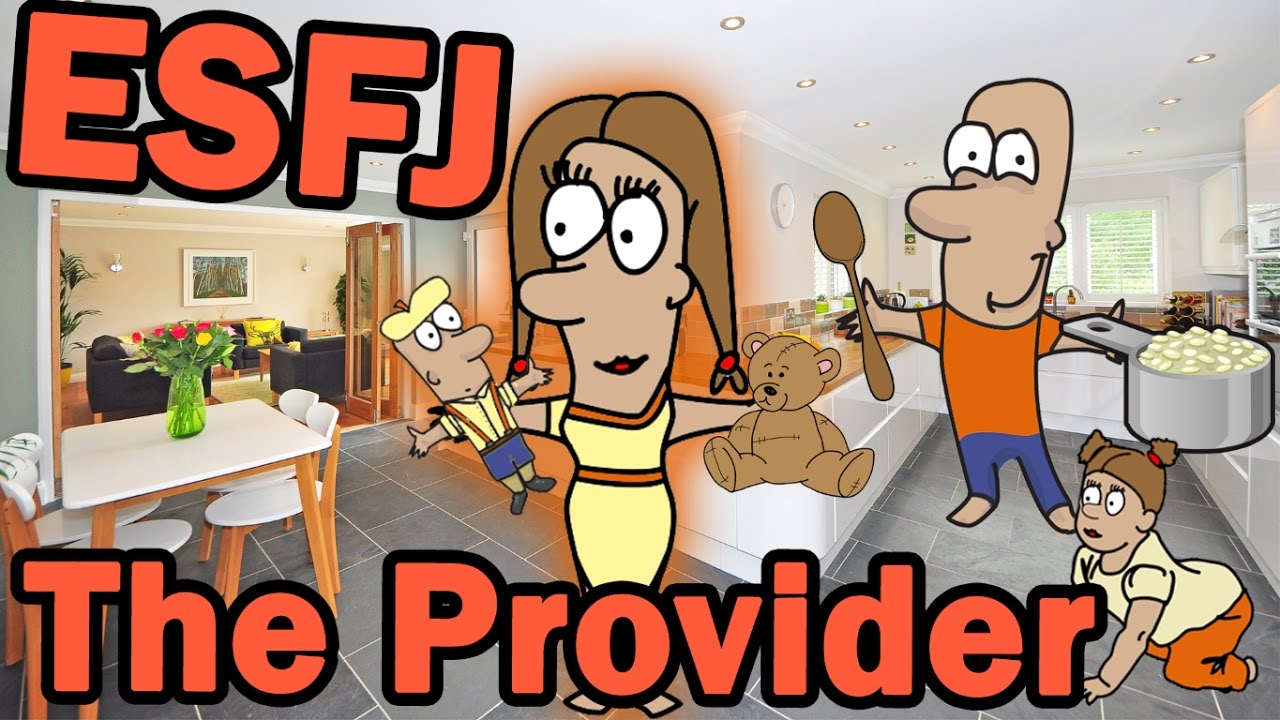
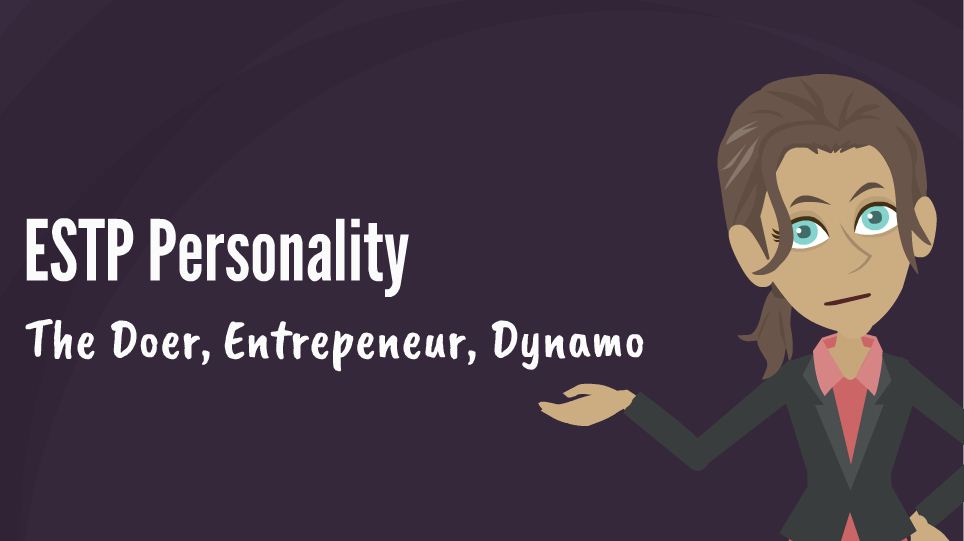

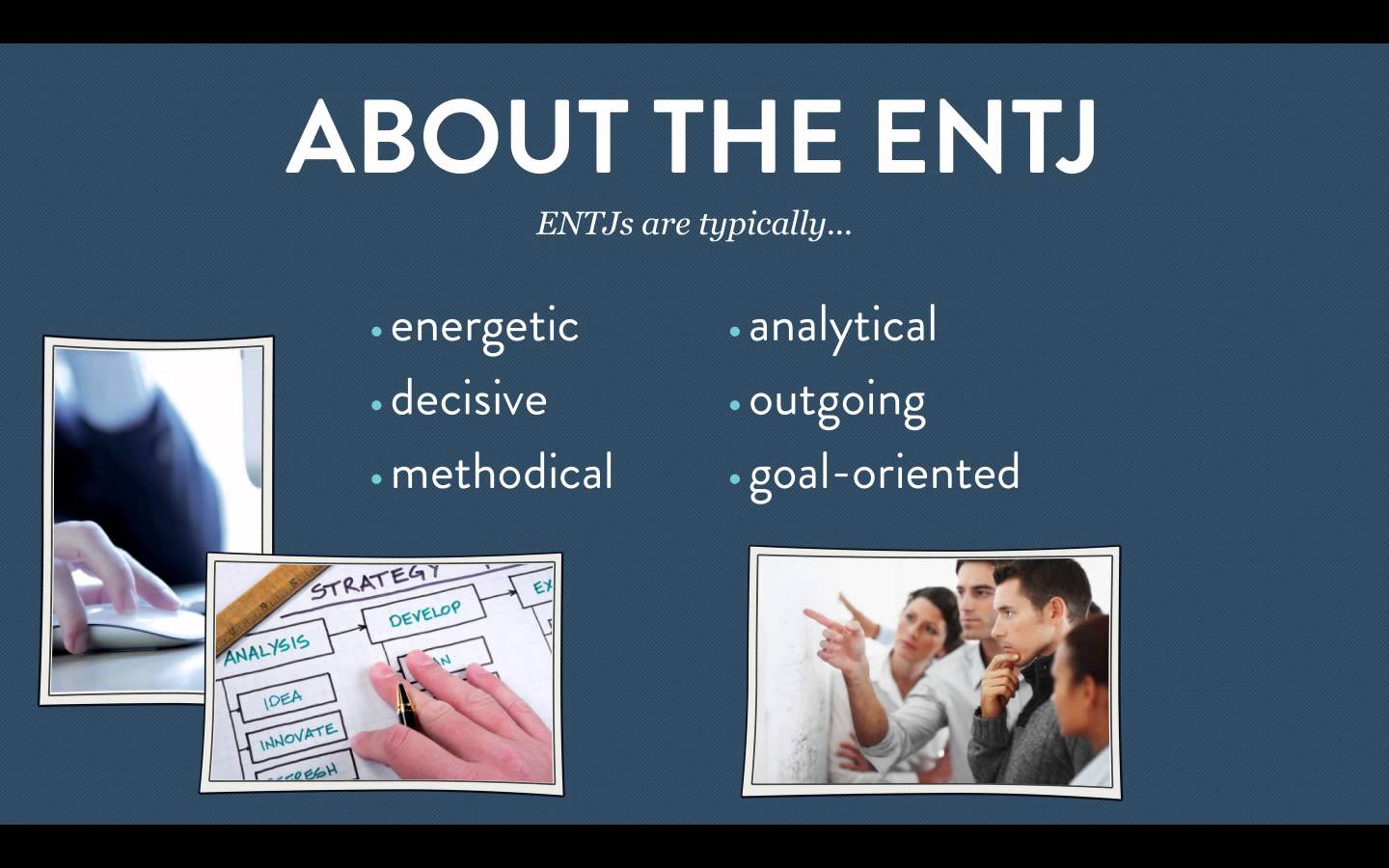








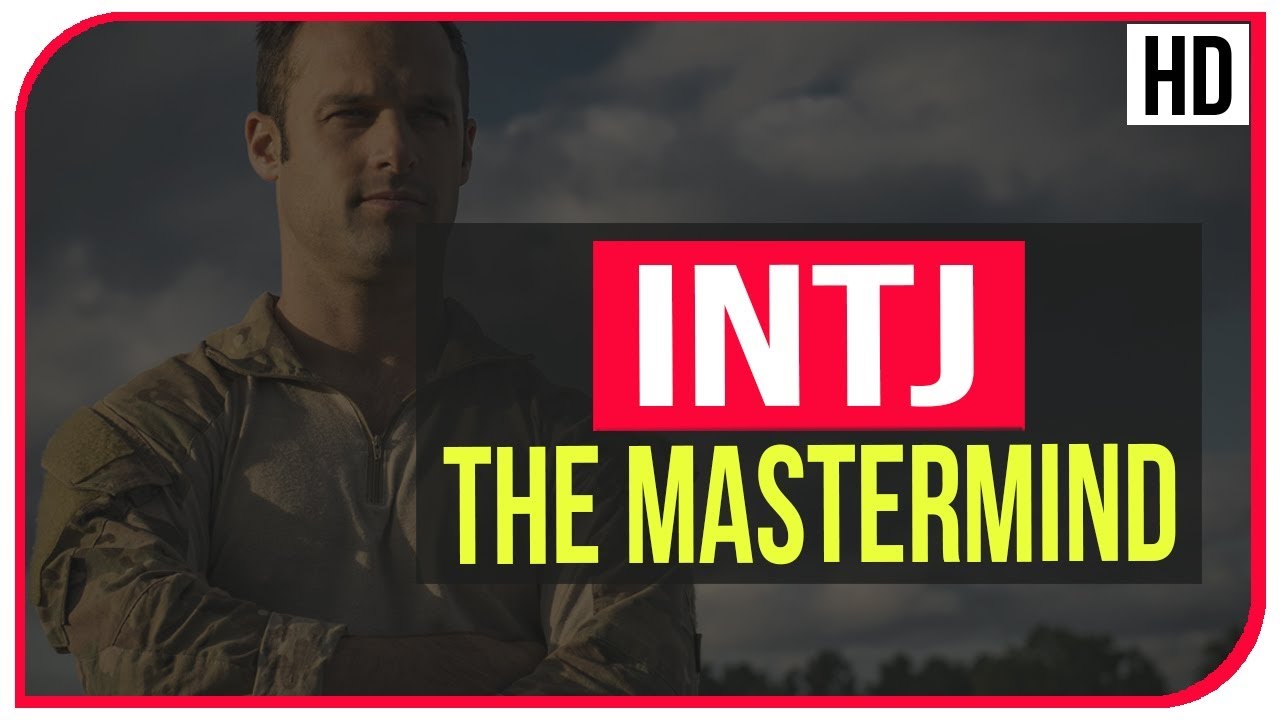

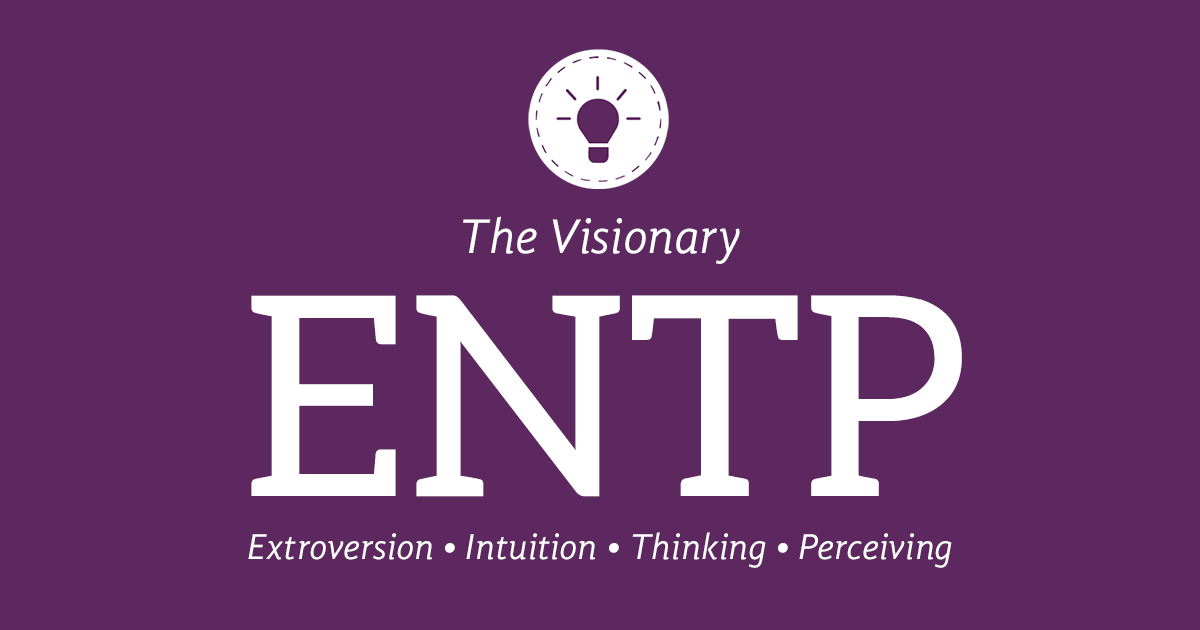
What Do You Think About This Article? Share Your Comment
Please login to post a comment!